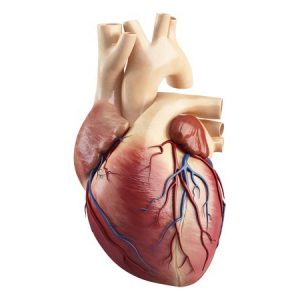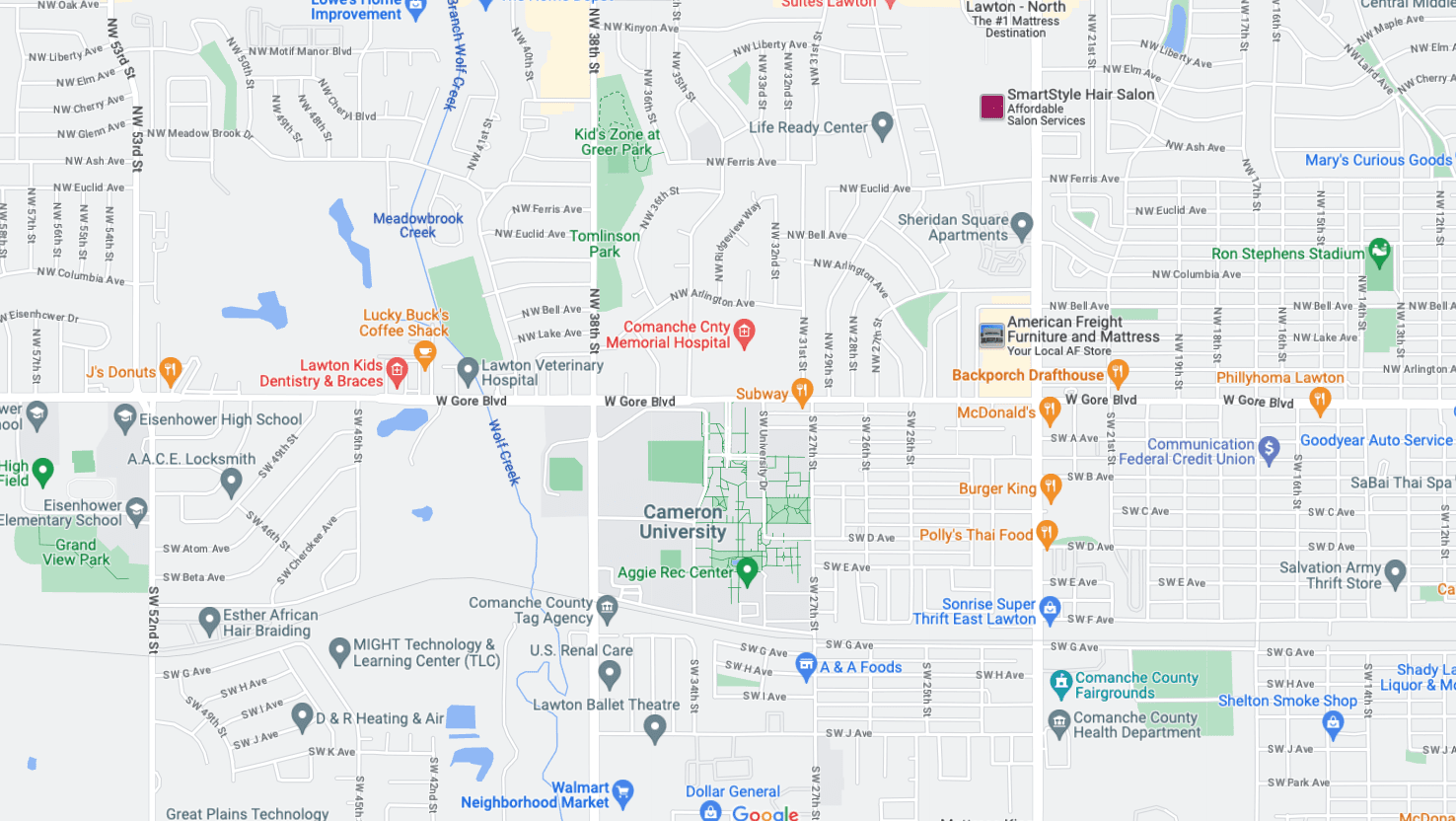Heart Surgery
Coronary Artery Bypass Graft (CABG)
Coronary artery bypass graft (CABG) is surgery to treat coronary artery disease. The surgery helps blood make a detour, or bypass, around one or more narrowed or blocked coronary arteries. Coronary arteries are the blood vessels that bring blood to the heart. The surgery is also called coronary artery bypass or bypass surgery. Your physician will make a bypass using a piece of blood vessel from another part of your body. Your physician will attach, or graft, this blood vessel above and below the narrowed or blocked section of your artery. The most common way to do bypass surgery is through a large cut, called an incision, in the chest. This is called open-chest surgery. Your physician will make the cut in the skin over your breastbone (sternum). Then the physician will cut through your sternum to reach your heart and coronary arteries. The physician will connect you to a heart-lung bypass machine. This machine will let the physician stop your heart while he or she works. The physician will use a blood vessel from your chest, arm, or leg to bypass the narrowed or blocked arteries. When the blood vessels are in place, the physician will restart your heart. The physician will use wire to put your sternum back together. The wire will stay in your chest. You will get stitches or staples to close the cuts in your skin. The cuts will leave scars that may fade in time.
Off-Pump Coronary Artery Bypass (OPCAB)
Off-Pump Coronary artery bypass graft is surgery to treat coronary artery disease. This procedure is performed without using the heart-lung machine. The surgery helps blood make a detour, or bypass, around one or more narrowed or blocked coronary arteries. Coronary arteries are the blood vessels that bring blood to the heart. The surgery is also called coronary artery bypass or bypass surgery. Your physician will make a bypass using a piece of blood vessel from another part of your body. Your physician will attach, or graft, this blood vessel above and below the narrowed or blocked section of your artery while the heart is still beating.
Mitral Valve Replacement
Mitral valve surgery can repair or replace your heart’s mitral valve. The new valve may be mechanical or made of animal tissue, often from a pig. Your physician will talk with you about which type of valve is best for you.
The mitral valve opens and closes to keep blood flowing in the proper direction through your heart. When the mitral valve does not close properly, it’s called mitral valve regurgitation. If the valve is very tight and narrow, it’s called mitral valve stenosis. In both of these cases, blood does not flow through the heart the right way.
The physician will make a cut in the skin over your breastbone (sternum). This cut is called an incision. Then the physician will cut through your sternum to reach your heart. The physician will connect you to a heart-lung bypass machine. It adds oxygen to your blood and moves the blood through your body. This machine will allow the physician to stop your heartbeat while he or she works on your heart. After the physician has repaired or replaced your mitral valve, he or she will restart your heartbeat. Then the physician will use wire to put your sternum back together. Your incision will be closed with stitches or staples. The wire will stay in your chest. The incision will leave a scar that will fade with time. You will stay in the hospital for 3 to 8 days after surgery.
Aortic Valve Replacement
Aortic valve replacement gives you a new aortic heart valve. The new valve may be mechanical or made of animal tissue, often from a pig. Your physician will talk with you before surgery about which type of valve is best for you. The aortic valve opens and closes to keep blood flowing in the proper direction through your heart. When the aortic valve does not close properly, it’s called aortic valve regurgitation. If the valve is very tight and narrow, it’s called aortic valve stenosis. In both of these cases, blood does not flow through the heart the right way. You will be asleep during the surgery. Your physician will make a cut in the skin over your breastbone (sternum). This cut is called an incision. Then the physician will cut through your sternum to reach your heart.
The physician will connect you to a heart-lung bypass machine. It adds oxygen to your blood and moves the blood through your body. This machine will allow the physician to stop your heartbeat and replace the valve.
After the physician has replaced your aortic valve, he or she will restart your heartbeat. Then the physician will use wire to put your sternum back together. Your incision will be closed with stitches or staples. The wire will stay in your chest. The incision will leave a scar that may fade with time.
You will stay in the hospital for 3 to 8 days after surgery.
Surgical Treatment of Atrial Fibrillation
Atrial fibrillation (say “AY-tree-uhl fih-bruh-LAY-shun”) is the most common type of irregular heartbeat (arrhythmia). Normally, the heart beats in a strong, steady rhythm. In atrial fibrillation, a problem with the heart’s electrical system causes the two upper parts of the heart (the atria) to quiver, or fibrillate. Your heart rate also may be faster than normal. Atrial fibrillation can be dangerous because if the heartbeat isn’t strong and steady, blood can collect, or pool, in the atria. And pooled blood is more likely to form clots. Clots can travel to the brain, block blood flow, and cause a stroke. Atrial fibrillation can also lead to heart failure. Treatment for atrial fibrillation helps prevent stroke and heart failure. It also helps relieve symptoms. Atrial fibrillation is often caused by another heart problem. It may happen after heart surgery. It may also be caused by other problems, such as an overactive thyroid gland or lung disease. Many people with atrial fibrillation are able to live full and active lives.




